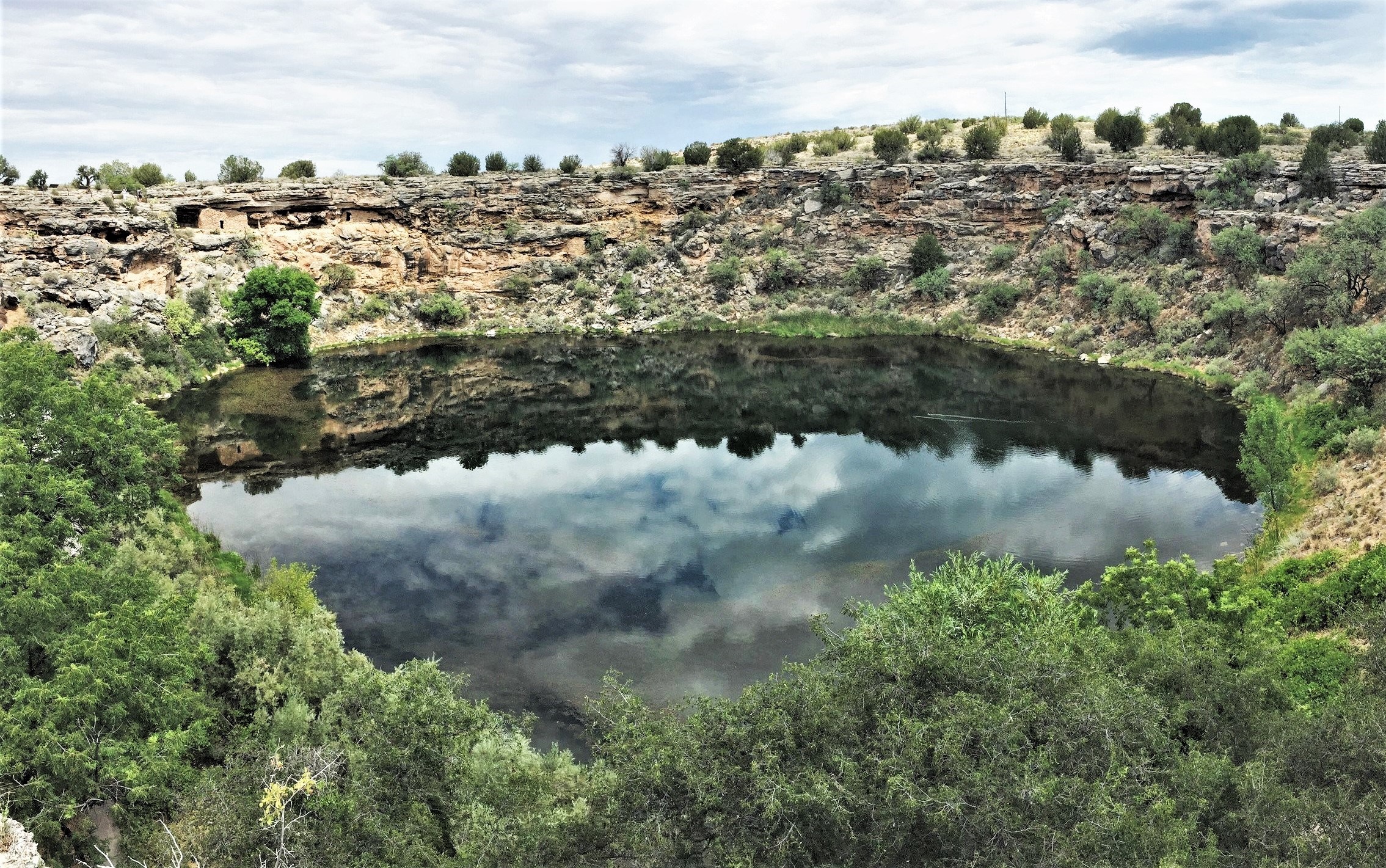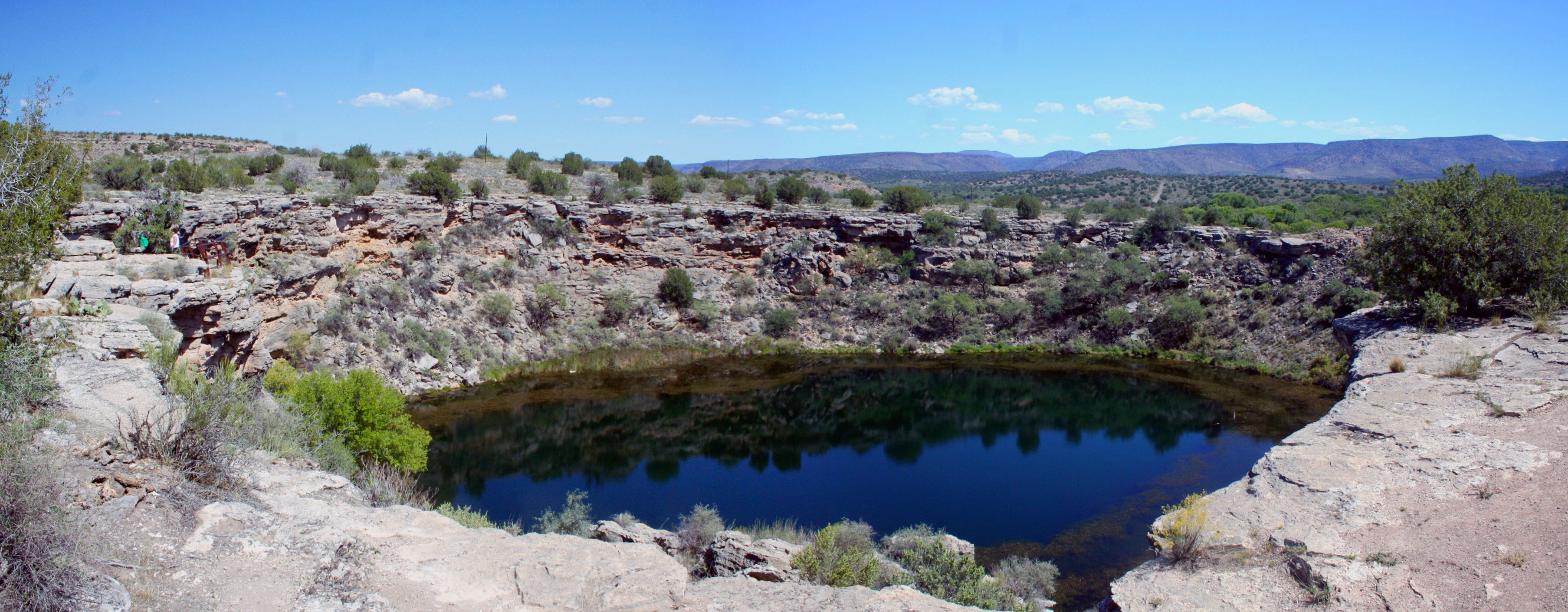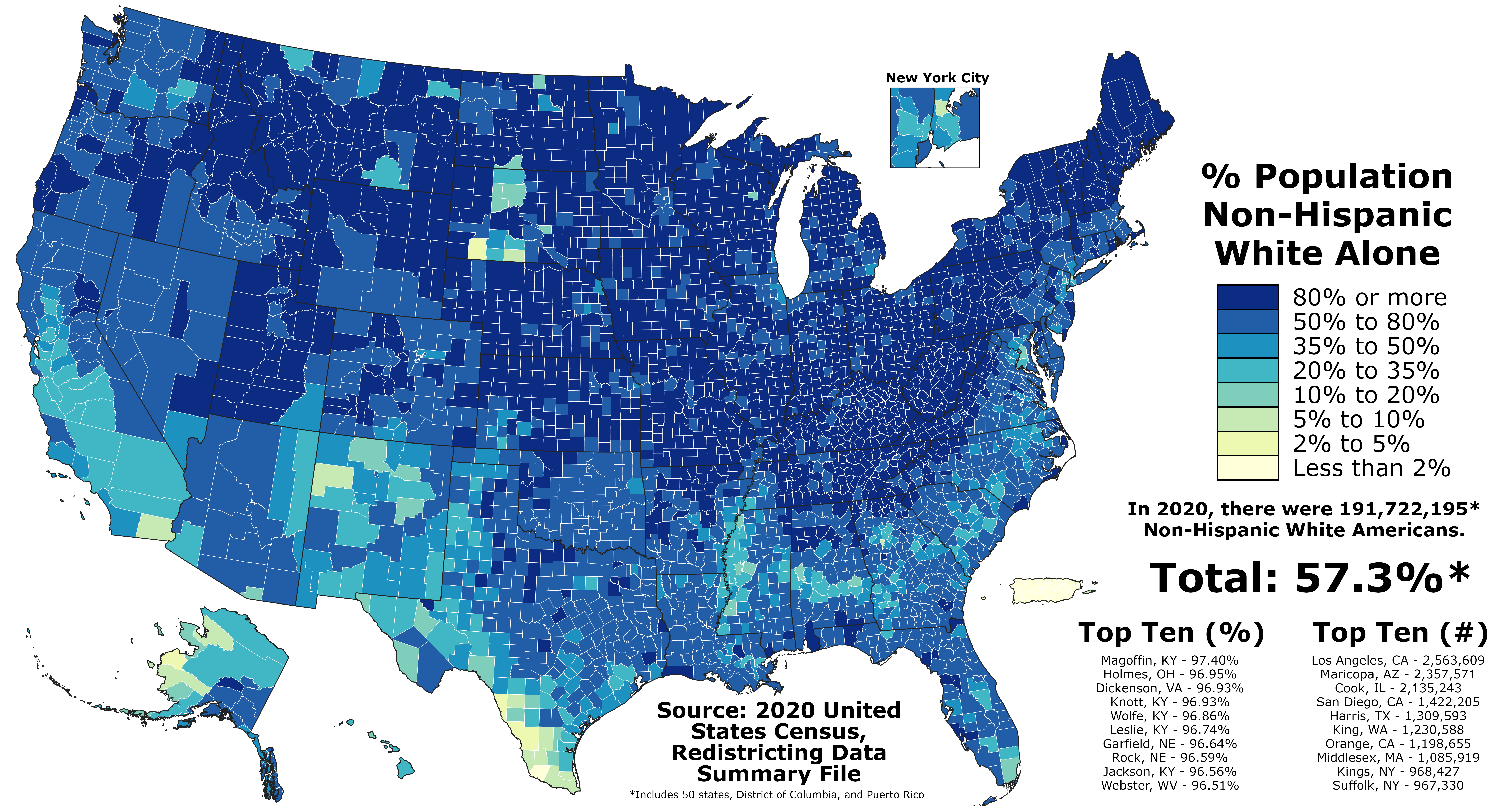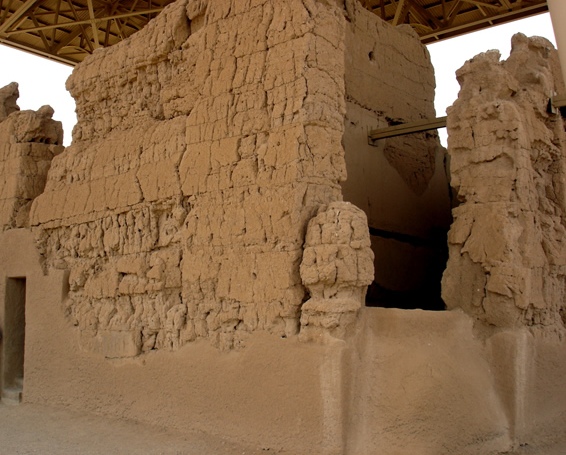|
Montezuma Well
Montezuma Well ( yuf-x-yav, ʼHakthkyayva), a detached unit of Montezuma Castle National Monument, is a natural limestone sinkhole near the town of Lake Montezuma, Arizona, through which some of water emerge each day from an underground spring. It is located about northeast of Montezuma Castle. The "well" measures in diameter from rim to rim and contains a near-constant volume of spring water even in times of severe drought. The water is highly carbonated and contains high levels of arsenic. At least five endemic species, the most of any spring in the southwestern United States, are found exclusively in Montezuma Well: a diatom, the Montezuma Well springsnail, a water scorpion, the '' Hyalella montezuma'' amphipod, and the ''Motobdella montezuma'' leech. Montezuma Well's steady outflow has been used for irrigation since the 8th century. Part of a prehistoric irrigation ditch is preserved near the park's picnic ground, and portions of the ditch's original route are still ... [...More Info...] [...Related Items...] OR: [Wikipedia] [Google] [Baidu] |
Motobdella Montezuma
''Motobdella montezuma'' is a species of leech which is only found in Montezuma Well, central Arizona, United States. It is a nocturnal pelagic predator that feeds almost exclusively on the endemic amphipod '' Hyalella montezuma'', which it detects using passive sonar and swallows whole. Description Adults of ''M. montezuma'' may reach a length of including the suckers at the front and rear. Distribution ''M. montezuma'' is closely related to the genus '' Erpobdella'', which includes species that are widespread across North America from Alaska to Mexico. However, ''M. montezuma'' is only known to occur in a single pool, Montezuma Well, in the Montezuma Castle National Monument in Yavapai County, Arizona. Ecology Montezuma Well, due to a high carbon dioxide level in the water, is unable to support a population of fish, leaving an ecological niche of predator-free open water. Although there are a number of species of invertebrates living in the well, the diet of ''M. montezum ... [...More Info...] [...Related Items...] OR: [Wikipedia] [Google] [Baidu] |
Montezuma Well Crop
Montezuma or Moctezuma may refer to: People * Moctezuma I (1398–1469), the second Aztec emperor and fifth king of Tenochtitlan * Moctezuma II (c. 1460–1520), ninth Aztec emperor ** Pedro Moctezuma, a son of Montezuma II ** Isabel Moctezuma (1509/1510–1550/1551), a daughter of Montezuma II *** Leonor Cortés Moctezuma (c. 1528–?), daughter of Hernán Cortés and Isabel Montezuma **** Isabel de Tolosa Cortés de Moctezuma (1568–1619/1620), Mexican heiress, great-granddaughter of Montezuma II * Duke of Moctezuma de Tultengo, a Spanish hereditary title held by descendants of Moctezuma II * Carlos Montezuma (c. 1860–1923), Yavapai/Apache Native American activist * Carlos López Moctezuma (1909–1980), Mexican film actor * Eduardo Matos Moctezuma (born 1940), Mexican archaeologist * Esteban Moctezuma (born 1954), Mexican politician * Julio Rodolfo Moctezuma (1927–2000), Mexican lawyer, politician and banker * Leonidas de Montezuma (1869–1937), English cricketer * Moc ... [...More Info...] [...Related Items...] OR: [Wikipedia] [Google] [Baidu] |
George R Fischer
George Robert Fischer (May 4, 1937 – May 29, 2016) was an American Underwater archaeology, underwater archaeologist, considered the founding father of the field in the National Park Service. A native Californian, he did undergraduate and graduate work at Stanford University, and began his career with the National Park Service in 1959, which included assignments in six parks, the Washington, D.C. Office, and the Southeast Archaeological Center from which he retired in 1988. He began teaching courses in underwater archaeology at Florida State University in 1974 and co-instructed inter-disciplinary courses in scientific Scuba diving, diving techniques. After retirement from the NPS his FSU activities were expanded and his assistance helped shape the university's program in underwater archaeology. Fischer was a true pioneer in the field of underwater archaeology and his students are now professors in the U.S. and abroad, serve as state, federal, and territorial Archaeology, archaeol ... [...More Info...] [...Related Items...] OR: [Wikipedia] [Google] [Baidu] |
European Americans
European Americans (also referred to as Euro-Americans) are Americans of European ancestry. This term includes people who are descended from the first European settlers in the United States as well as people who are descended from more recent European arrivals. European Americans have been the largest panethnic group in the United States since about the 17th century. The Spaniards are thought to be the first Europeans to establish a continuous presence in what is now the contiguous United States, with Martín de Argüelles ( 1566) in St. Augustine, then a part of Spanish Florida, and the Russians were the first Europeans to settle in Alaska, establishing Russian America. The first English child born in the Americas was Virginia Dare, born August 18, 1587. She was born in Roanoke Colony, located in present-day North Carolina, which was the first attempt, made by Queen Elizabeth I, to establish a permanent English settlement in North America. In the 2016 American Community ... [...More Info...] [...Related Items...] OR: [Wikipedia] [Google] [Baidu] |
Calcium Hydroxide
Calcium hydroxide (traditionally called slaked lime) is an inorganic compound with the chemical formula Ca( OH)2. It is a colorless crystal or white powder and is produced when quicklime (calcium oxide) is mixed or slaked with water. It has many names including hydrated lime, caustic lime, builders' lime, slaked lime, cal, and pickling lime. Calcium hydroxide is used in many applications, including food preparation, where it has been identified as E number E526. Limewater, also called milk of lime, is the common name for a saturated solution of calcium hydroxide. Properties Calcium hydroxide is poorly soluble in water, with a retrograde solubility increasing from 0.66 g/L at 100 °C to 1.89 g/L at 0 °C. With a solubility product ''K''sp of 5.02 at 25 °C, its dissociation in water is large enough that its solutions are basic according to the following dissolution reaction: : Ca(OH)2 → Ca2+ + 2 OH− At ambient temperature, calcium hydroxide (portlandite) ... [...More Info...] [...Related Items...] OR: [Wikipedia] [Google] [Baidu] |
Hohokam
Hohokam () was a culture in the North American Southwest in what is now part of Arizona, United States, and Sonora, Mexico. It existed between 300 and 1500 AD, with cultural precursors possibly as early as 300 BC. Archaeologists disagree about whether communities that practiced the culture were related or politically united. According to local oral tradition, Hohokam societies may be the ancestors of the historic Pima and Tohono O'odham peoples in Southern Arizona. The origin of the culture is debated. Most archaeologists either argue it emerged locally or in Mesoamerica, but it was also influenced by the Northern Pueblo culture. Hohokam settlements were located on trade routes that extended past the Hohokam area, as far east as the Great Plains and west to the Pacific coast. Hohokam societies received a remarkable amount of immigration. Some communities established significant markets, such as that in Snaketown. The harshness of the Sonoran Desert may have been the most influ ... [...More Info...] [...Related Items...] OR: [Wikipedia] [Google] [Baidu] |
Sinagua
The Sinagua were a pre-Columbian culture that occupied a large area in central Arizona from the Little Colorado River, near Flagstaff, to the Verde River, near Sedona, including the Verde Valley, area around San Francisco Mountain, and significant portions of the Mogollon Rim country, between approximately . Since fully developed Sinagua sites emerged in central Arizona around 650 CE, it is believed they migrated from east-central Arizona, possibly emerging from the Mogollon culture. Name The name ''Sinagua'' was coined in 1939 by archaeologist Harold S. Colton,Gibbon 770 founder of the Museum of Northern Arizona, from the Spanish words ''sin'' meaning "without" and ''agua'' meaning "water", referring to the name originally given by Spanish explorers to the San Francisco Peaks near Flagstaff, the "Sierra Sin Agua". The name reflects the surprise the Spanish felt that such large mountains did not have perennial rivers flowing from them, as is common in Spain. Cultural phases ... [...More Info...] [...Related Items...] OR: [Wikipedia] [Google] [Baidu] |
Indigenous Peoples Of The Americas
The Indigenous peoples of the Americas are the inhabitants of the Americas before the arrival of the European settlers in the 15th century, and the ethnic groups who now identify themselves with those peoples. Many Indigenous peoples of the Americas were traditionally hunter-gatherers and many, especially in the Amazon basin, still are, but many groups practiced aquaculture and agriculture. While some societies depended heavily on agriculture, others practiced a mix of farming, hunting, and gathering. In some regions, the Indigenous peoples created monumental architecture, large-scale organized cities, city-states, chiefdoms, states, kingdoms, republics, confederacies, and empires. Some had varying degrees of knowledge of engineering, architecture, mathematics, astronomy, writing, physics, medicine, planting and irrigation, geology, mining, metallurgy, sculpture, and gold smithing. Many parts of the Americas are still populated by Indigenous peoples; some countries have ... [...More Info...] [...Related Items...] OR: [Wikipedia] [Google] [Baidu] |
Common Era
Common Era (CE) and Before the Common Era (BCE) are year notations for the Gregorian calendar (and its predecessor, the Julian calendar), the world's most widely used calendar era. Common Era and Before the Common Era are alternatives to the original Anno Domini (AD) and Before Christ (BC) notations used for the same calendar era. The two notation systems are numerically equivalent: " CE" and "AD " each describe the current year; "400 BCE" and "400 BC" are the same year. The expression traces back to 1615, when it first appeared in a book by Johannes Kepler as the la, annus aerae nostrae vulgaris (), and to 1635 in English as " Vulgar Era". The term "Common Era" can be found in English as early as 1708, and became more widely used in the mid-19th century by Jewish religious scholars. Since the later 20th century, BCE and CE have become popular in academic and scientific publications because BCE and CE are religiously neutral terms. They are used by others who wish to be sensit ... [...More Info...] [...Related Items...] OR: [Wikipedia] [Google] [Baidu] |
Verde Valley
The Verde Valley ( yuf-x-yav, Matkʼamvaha; es, Valle Verde) is a valley in central Arizona in the United States. The Verde River runs through it. The Verde River is one of Arizona's last free-flowing river systems. It provides crucial habitat for fish and wildlife, fresh water for local agricultural production, recreational opportunities for locals and tourists alike, and brings clean drinking water to over 2 million people in the greater Phoenix area. The valley is overlooked by Mingus Mountain and the Mogollon Rim. The valley is one of three regions of viticulture in Arizona and contains the Verde Valley AVA. History The first notice of this region appears in the report of Antonio de Espejo, who visited in 1583. Little more was recorded until the commencement of prospecting for gold and silver in the 19th century. Towns * Camp Verde * Clarkdale * Cornville * Cottonwood * Jerome * Lake Montezuma * McGuireville * Rimrock * Sedona In popular culture Verde ... [...More Info...] [...Related Items...] OR: [Wikipedia] [Google] [Baidu] |
Mexico
Mexico (Spanish: México), officially the United Mexican States, is a country in the southern portion of North America. It is bordered to the north by the United States; to the south and west by the Pacific Ocean; to the southeast by Guatemala, Belize, and the Caribbean Sea; and to the east by the Gulf of Mexico. Mexico covers ,Mexico ''''. . making it the world's 13th-largest country by are ... [...More Info...] [...Related Items...] OR: [Wikipedia] [Google] [Baidu] |
Cenote
A cenote ( or ; ) is a natural pit, or sinkhole, resulting from the collapse of limestone bedrock that exposes groundwater. The regional term is specifically associated with the Yucatán Peninsula of Mexico, where cenotes were commonly used for water supplies by the ancient Maya, and occasionally for sacrificial offerings. The term derives from a word used by the lowland Yucatec Maya——to refer to any location with accessible groundwater. Similar rock-sided sinkholes like cenotes are common geological forms in low-altitude regions, particularly on islands, coastlines, and platforms with young post-Paleozoic limestone with little soil development. The term ''cenote'' has also been used to describe similar karst features in other countries such as Cuba and Australia. Definition and description Cenotes are surface connections to subterranean water bodies. While the best-known cenotes are large open-water pools measuring tens of meters in diameter, such as those at Chichen It ... [...More Info...] [...Related Items...] OR: [Wikipedia] [Google] [Baidu] |






_2007.jpg)

